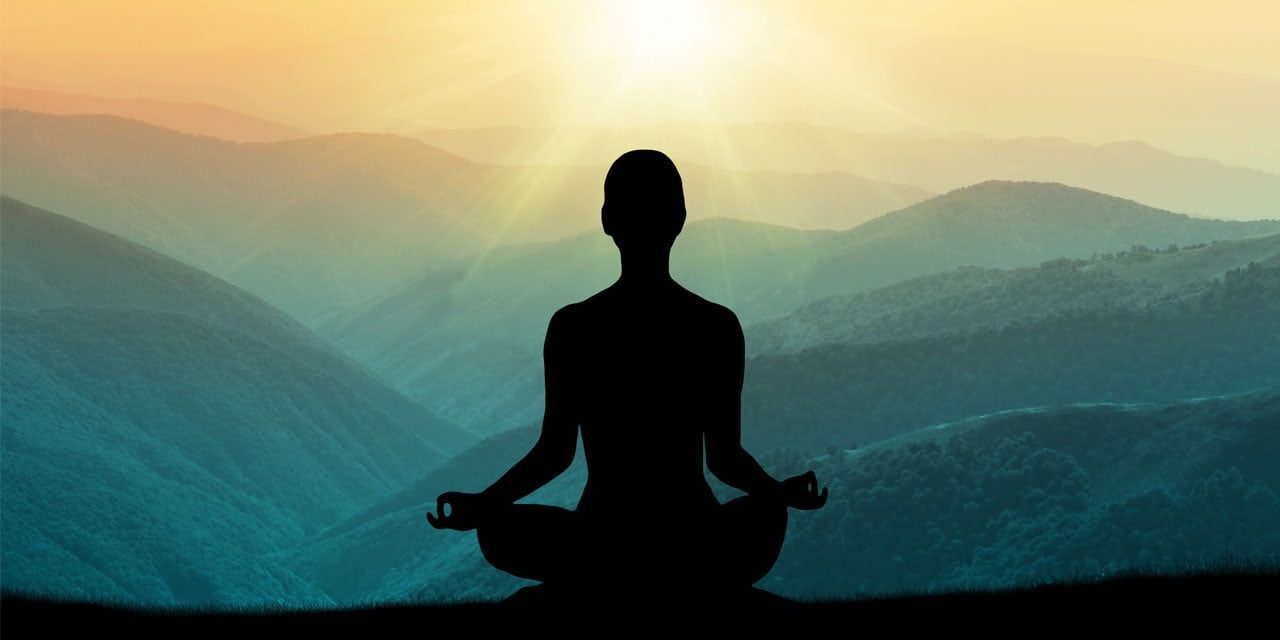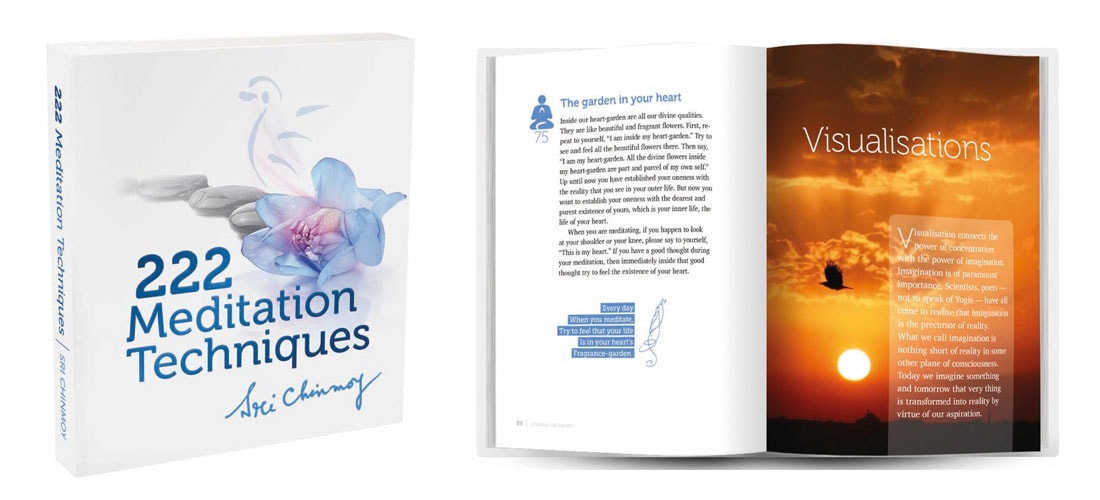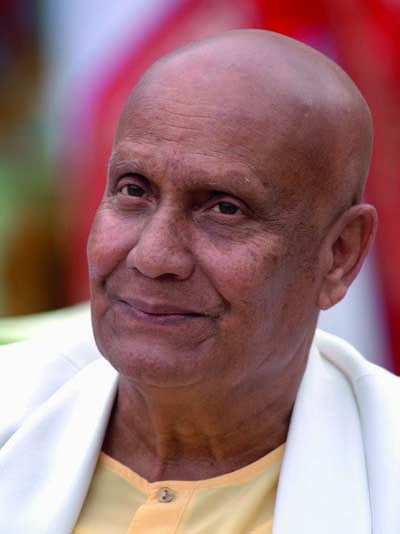
The meditations of Sri Chinmoy
Exploring the poetry, philosophy, mantra and meditations of spiritual teacher, Sri Chinmoy
Meditation means conscious self-expansion. Meditation means the recognition or discovery of one’s own true self. When we meditate, what we actually do is enter into the deeper part of our being. At that time we are able to bring to the fore the wealth that we have deep within us. - Sri Chinmoy
Sri Chinmoy (1931 - 2007) was an extraordinary human being, a truly inspirational figure. Best known as a spiritual teacher, a man of peace, he dedicated his life to awakening others to their own inner and outer potential.
A poet and philosopher, a musician and artist, an athlete, he embodied an approach to peace that was at once contemplative and dynamic, profound yet extremely practical.
His teaching is timeless, universal, and has never been more relevant - ancient wisdom for the here and now. The legacy he left was matchless: hundreds of books, thousands of poems and songs, millions of drawings (especially of birds, imbued with life-energy, the upward movement of the spirit, soaring, joyful).
Leonard Bernstein called him “the very model of abundance in the creative life” and in this he epitomised his own philosophy of self-transcendence, always challenging and extending himself, finding new ways to reach out and inspire.
His remarkable output flows from his own spiritual experience, the depth of his meditation, but it remains accessible, inclusive.
As if the part contained the whole, the drop the ocean, somehow each poem and aphorism, each drawing, each song, embodies that vast consciousness that resides deep in the heart of every human being.
A little ripple
Wakes the sea.
A tiny thought
Shakes the world.
His poems and aphorisms have a kind of mantric power. Read them to yourself, let them do their work, and they begin to expand your own consciousness, open your spiritual heart.

All of his writings have this same power, to communicate sublime truths in simple, direct language.
Sri Chinmoy’s philosophy has been described as a kind of enlightened common sense. His writings are inspired and inspiring and always, in a very real sense, instructional. Whether you are just starting out on your spiritual journey or have been practicing for some time, he speaks to the ‘eternal beginner’ in all of us.
Gently, powerfully, he helps us quieten the mind with its myriad distractions, bring the focus of our concentration to the heart where we can experience vastness, expansiveness, peace.
Everything I need
Can be found
In the very depths
Of my heart.
Of course, meditation is about much more than technique, but exercises can serve as a starting point for our spiritual practice. On different occasions Sri Chinmoy gave particular guidelines for the seeker, from breathing exercises (pranayama), through concentration on an object (tratak), to the use of mantra, music and visualisation. Many of these exercises (222 of them!) have been gathered together in book form and serve as an excellent introduction. They act as a springboard for the creative use of the imagination, itself a powerful aid to meditation. (When you start, he wrote, you use your imagination. Then when you go deep within, you find the reality).
So, once you’ve read about meditation, how do you proceed? Sri Chinmoy said the best way to learn to meditate is to associate with people who have been practicing for some time and may be able to inspire you. Just by sitting with them, he says, you can derive some meditative power, some spiritual energy.
There are Sri Chinmoy Centres and meditation groups in Scotland, England, Ireland and Wales, across Europe and around the world, where it is possible to learn about his meditation.
Meetings are led by students of Sri Chinmoy who have themselves been meditating for many years.
There is no fee for any of this - Sri Chinmoy insisted that sessions should be free of charge. He argued that meditation is not a commodity to be bought and sold, and classes at the Centres are offered as a public service.
Sri Chinmoy’s own work brought him into contact with some of the world’s great peacemakers - Nelson Mandela, Mikhail Gorbachev, Mother Teresa, Desmond Tutu - all of whom expressed their gratitude to him, in solidarity and oneness. But he has also, for decades now, touched the lives of many thousands of people all over the globe, inspired them with his message of acceptance and hope, a message that feels more important than ever in these difficult and challenging times for the planet.
Exhale the dust
Of the past.
Inhale the fragrance
Of the future.
Find out more about free meditation classes in cities across the UK at: uk.srichinmoycentre.org
Written by Prof. Alan Spence, a renowned Scottish writer





